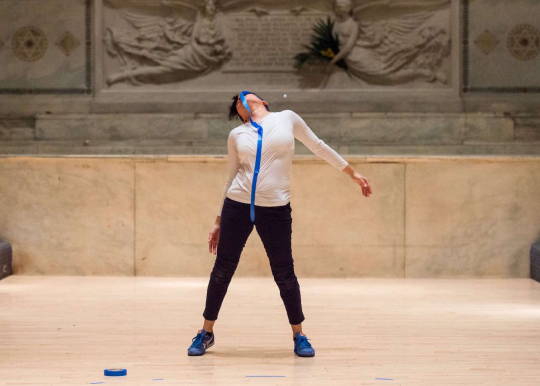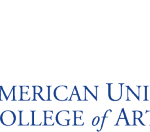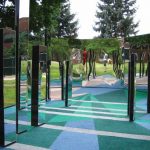Conversations | Martita Abril and Yanira Castro
“I am committed to including communities whose participation in our country’s ‘democracy,’ not to mention its very border, is being violently and systematically denied.” – Yanira Castro
Choreographers Martita Abril and Yanira Castro are linked with The New York Foundation for the Arts (NYFA) and each other via different programs offered by the organization. Abril has been both a mentor and mentee in the Immigrant Artist Mentoring program, while Castro received a NYSCA/NYFA Artist Fellowship in Choreography in 2016. Together, they talked to us about their collaborations, the impact of NYFA in their careers as choreographers, and all the ways they seek to empower the immigrant artist community in New York.
NYFA: Can you tell us how you met and about your collaborations?
Martita Abril: We met at Dance New Amsterdam in 2013, when I arrived from México and was part of the Visa Program where Yanira was teaching in a Choreographic Investigation Course. Since then, Yanira continued to mentor me and we have worked together on several projects. I performed in Court/Garden, a piece by Yanira that was presented in New York City, and toured Boston ICA, Redfern Arts Center in New Hampshire, and Chicago Cultural Center. We are currently collaborating on a New York Live Arts (NYLA)/NYFA’s Immigrant Artist Program (IAP) partnership that will be involving other IAP artists.
Yanira Castro: Back in the days of Dance New Amsterdam (before Gibney), I was invited to teach in their Choreographic Investigation Course that was open to artists in DNA’s Visa Program. The program was a one-semester course that was described as an intensive, a way of working at your practice without going to university. Martita was one of the students in the program, and her use of ordinary materials (tape, plastic bag) paired with simple actions made the moment fragile, political, powerful. She invited me to be her formal mentor through that program and ever since we have been in conversation. It has been one of those relationships that feels like family.
Recently, I asked Martita what she thought artists in the IAP program would benefit from the most. She talked passionately about having opportunities to show work to support their visas. I am working with New York Live Arts on my next project, so I asked them if they would be interested in partnering to support IAP Artists, to provide the space. The response has been very positive, and I am thrilled to be working with Martita on this.
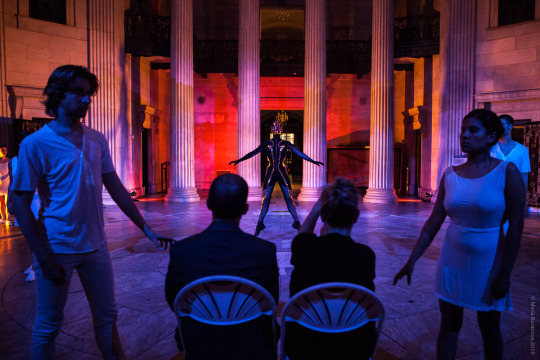
NYFA: You both have links with NYFA, Martita as a participant in IAP and Yanira as a NYSCA/NYFA Artist Fellow. Can you both talk about these relationships and how they impacted your respective careers?
MA: I had the opportunity to meet many incredible immigrant artists as a mentee and as a mentor in IAP. NYFA made me feel at home and helped create a supportive network in a new landscape. The program had a big impact on my life here in New York City. I want to give back and help as many artists I can to find opportunities.
YC: Receiving a NYSCA/NYFA Artist Fellowship felt like an acknowledgment of my body of work. It is not often in the making of work that there is recognition. Frequently, you are working in your corner. The fellowship was one of those rare moments when I felt part of a history or continuum and recognized as a choreographer. I felt full of gratitude.
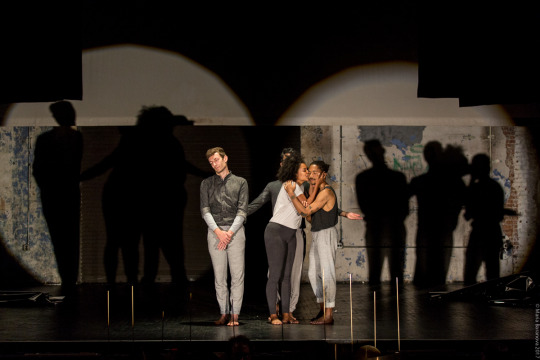
NYFA: Any piece of advice for artists (immigrants or not) on how to network and create opportunities in New York City?
YC: Go to everything you can. See as much as you can. Find ways to be in conversation with other artists whose work you are interested in. It is as important to see work everywhere as to attend classes or going to talks, conversations, and studies. Let yourself be surprised as often as possible.
MA: As an immigrant artist, I was really curious about how things were done here in New York, so I went out and got involved in all the projects that were interesting to me. When I could, I volunteered to help with administrative or production tasks at multiple companies and projects. I was fortunate to find artists I respected and who were willing to teach and guide me. It was important for me to find fellow artists who were creating provocative and exploratory art that were aligned with my own artistic values. I found it was critical to be comfortable with myself and my own style and to embrace and engage my fellow immigrant artists, like the community embraced me.
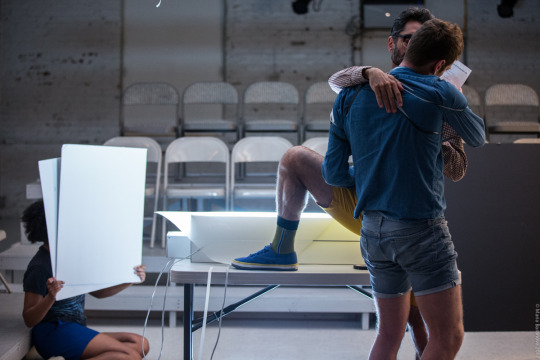
NYFA: Do you have any upcoming projects?
YC: Last Audience, which is being presented by New York Live Arts in October 2019, looks at the meaning and power of people gathering in a theatrical environment. It supports and explores the idea that theater is meant to be a place where people from the whole of society meet/see/gather to engage in ideas, stories, and actions of what it means to be in the world together/in a democracy together. These ways of interaction strengthen our communities, enlarging the possibilities of how we commune.
Through my partnership with New York Live Arts, I have access to a space, a way to gather people, and access to audiences. I would like to put this at the disposal of others who may be interested in sharing a conversation and shaping it.
I am committed to including communities whose participation in our country’s “democracy,” not to mention its very border, is being violently and systematically denied. I am working with New York Live Arts to do this in a variety of ways: a free, public communal meal in the lobby of Live Arts called COMMUNE, where people can gather before and after shows and engage in conversation. And through this partnership between NYFA and NYLA, I aim to support the work of artists in IAP.
MA: Currently I’m the coordinator for the Movement Research at the Judson Church series, a program that intends to serve as a creative laboratory and incubator for wide-ranging artistic investigations in movement-based forms. This series is a platform for artists at various stages of their creative development. I will be presenting solo work in May and in the fall as part of several festivals in New York, and I will also be curating an immigrant artists symposium later this Spring, with more details forthcoming.
– Interview Conducted by Alicia Ehni, Program Officer at NYFA Learning
About Martita Abril and Yanira Castro
Originally from Tijuana, México, Martita Abril is a performer, choreographer, teaching artist, alumna, and now Mentor in the Immigrant Artist Mentoring Program (IAP). She has worked with numerous dance artists and companies throughout México, the U.S., and Ecuador, including Dance Constructions by Simone Forti at the Museum of Modern Art.
Yanira Castro is a Puerto Rican, Bessie Award-winning artist based in Brooklyn, NY. In 2009, she formed the interdisciplinary group, a canary torsi.
This interview is part of the ConEdison Immigrant Artist Program Newsletter #115. Subscribe to this free monthly e-mail for artist’s features, opportunities, and events.
Images from top: Martita Abril, Bifur/cación, 2014, Photo: Ian Douglas; Yanira Castro | a canary torsi, Court/Garden (2015), Photo: Maria Baranova (pictured: Toni Carlson, Kimberly Young, Martita Abril); Yanira Castro | a canary torsi, STAGE (2017), Photo: Maria Baranova (pictured: Simon Courchel, Leslie Cuyjet, Jeremy Toussaint-Baptiste); Yanira Castro | a canary torsi, CAST (2017), Photo: Maria Baranova (pictured: Leslie Cuyjet, Kyle Bukhari, Simon Courchel)


